The Sialia 45 cruiser is a welcome addition to the new generation of electric boats
Polish shipbuilder Sialia Yachts has launched the Sialia 45, a 14m all-electric cruiser for silent running
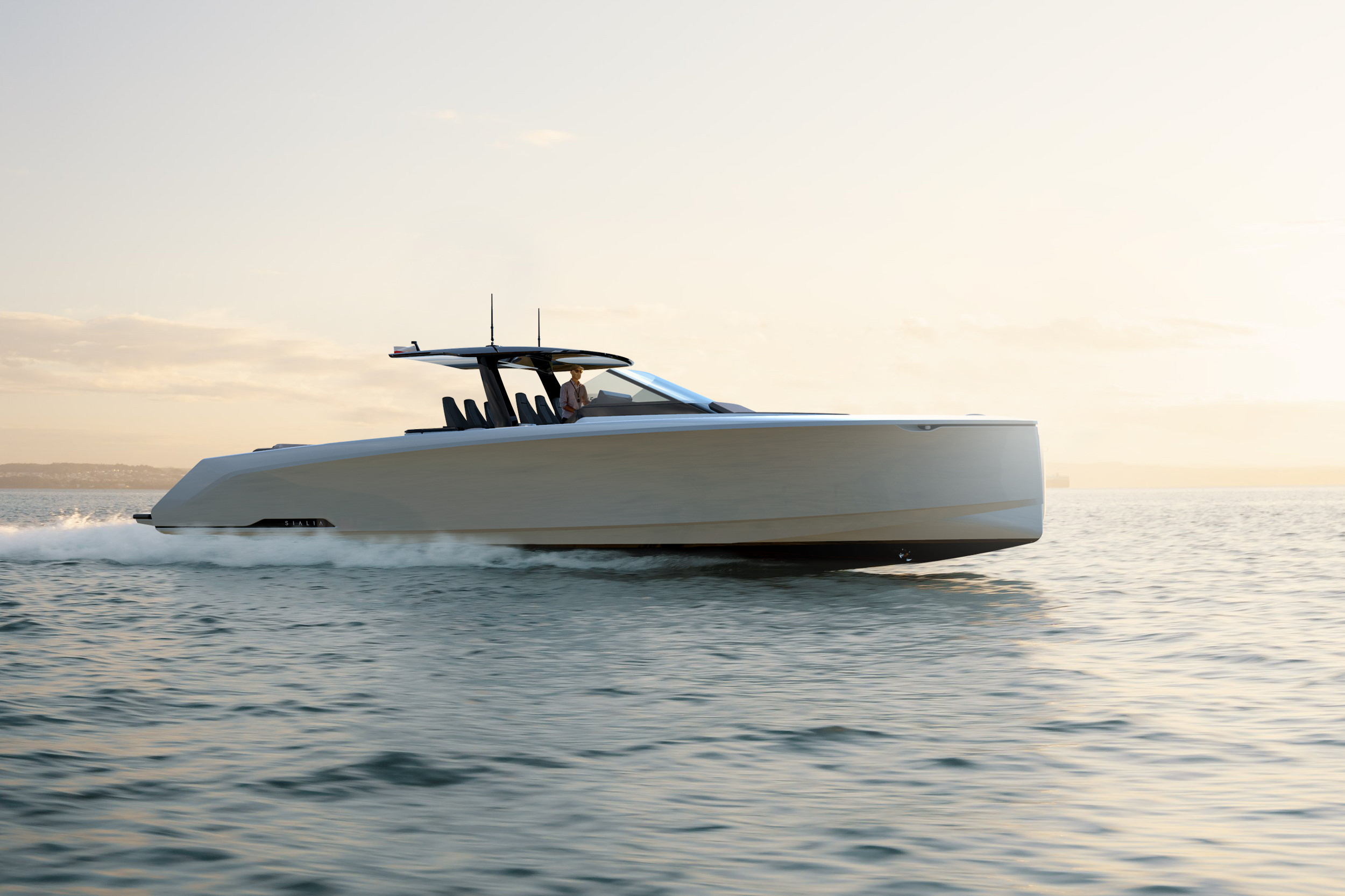
Warsaw-based shipbuilder Sialia Yachts has announced its second product, the Sialia 45. Following on from the Sialia 59, the new boat is a compact leisure cruiser that can be specified in a number of different ways thanks to a modular below decks layout and the availability of three different configurations, Runabout, Sport and Weekender.
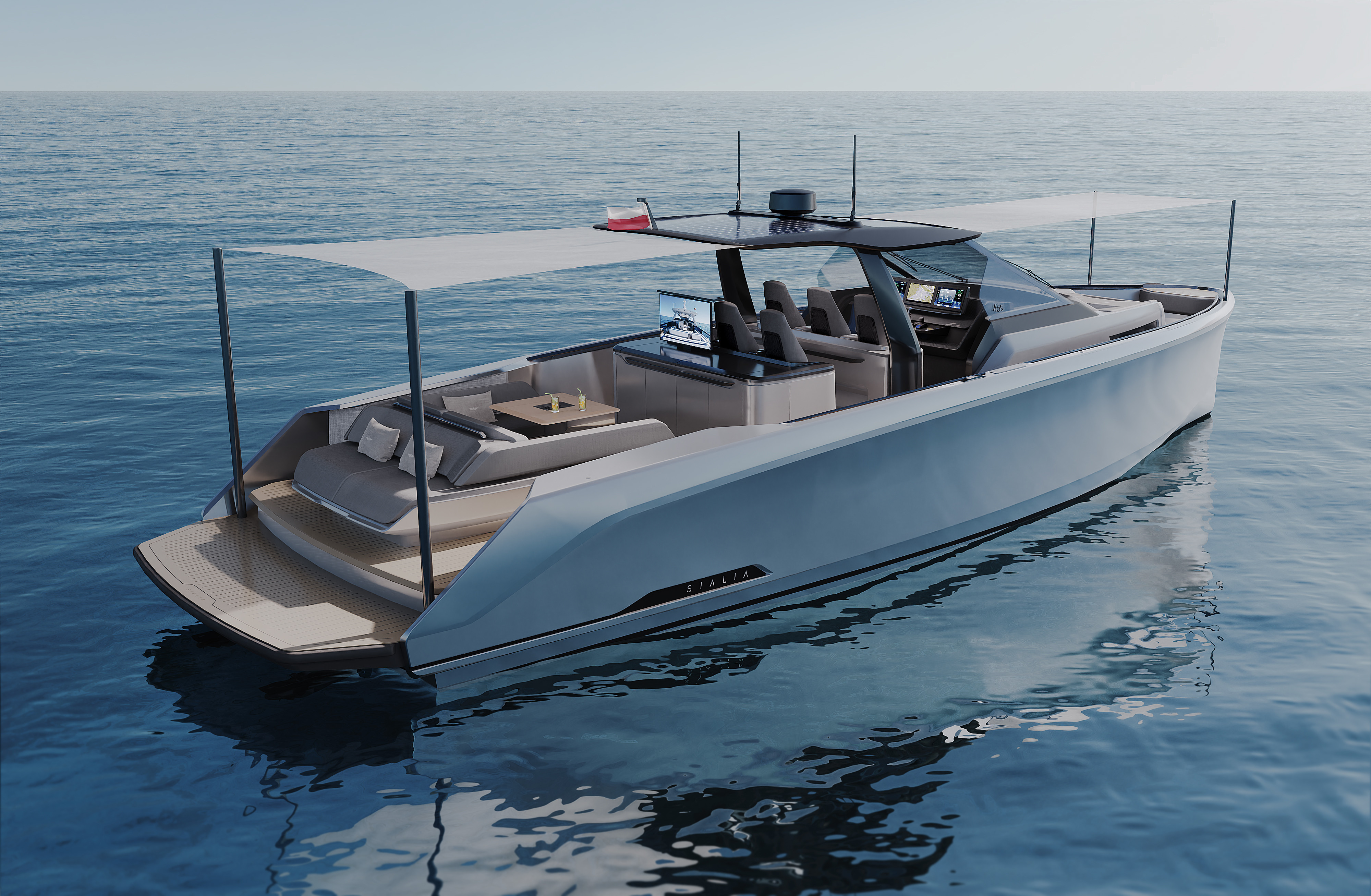
Sialia 45 electric cruiser
The 45’s primary selling point is its powertrain. Thanks to twin 300kW motors the new boat can attain a top speed of 43 knots, although range-conscious sailors will want to drop that down to a fast cruise of 25 knots. This provides a 55 nautical range using the standard 500kWh battery pack – an optional 200kWh of power is available to take the range up to 77nm.
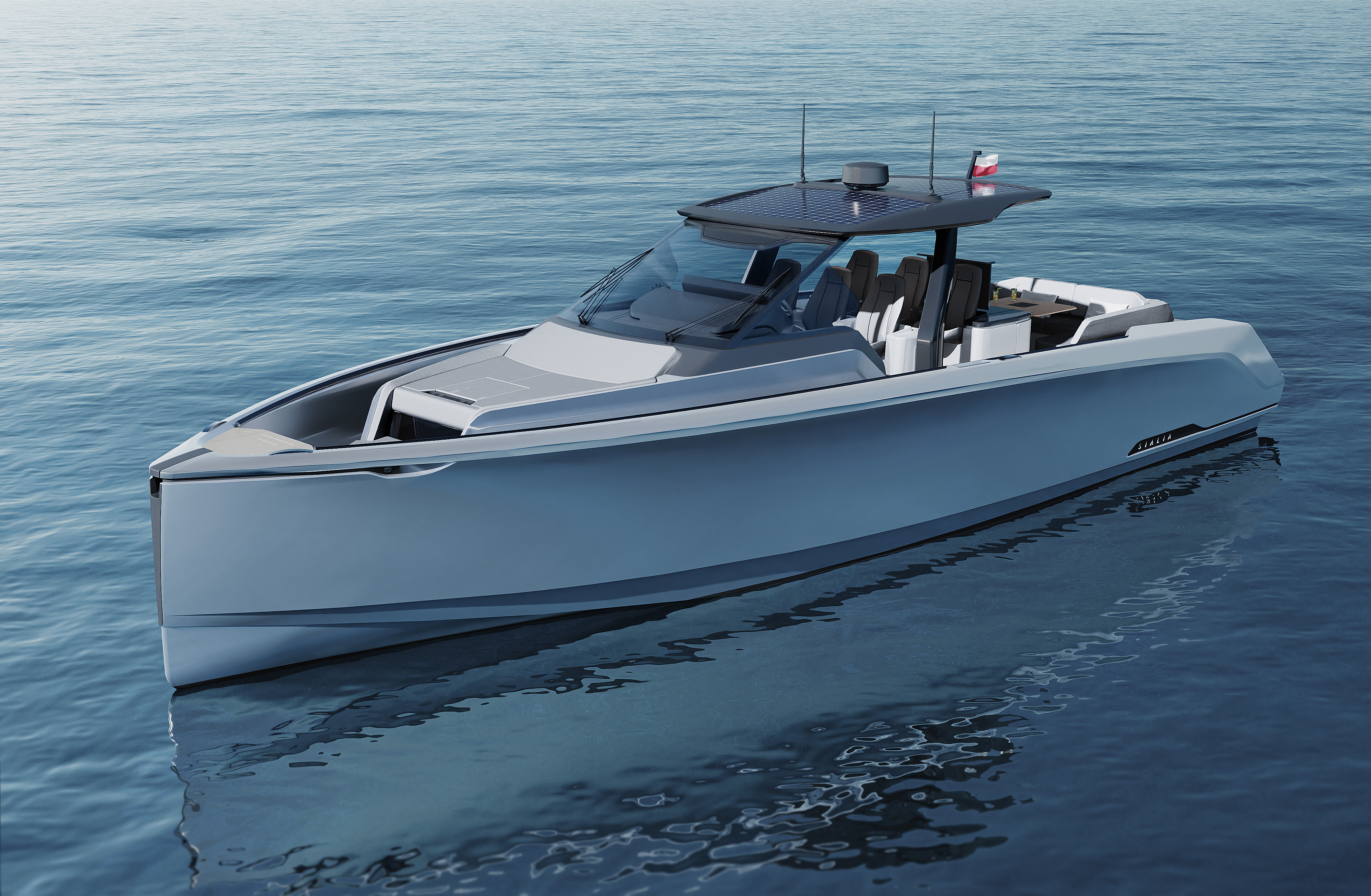
Sialia 45 electric cruiser
In addition, there’s a further option of a range extender system that can use biodiesel to take the maximum range to 142 or 164 nm in total. Fast-charging is also standard, and a three hour top up time from 10% to 90% allows even the briefest of moorings. The speed and range are impressive for the class, and Sialia offers a five-year guarantee on the batteries, which are rated for 30,000 cycles.
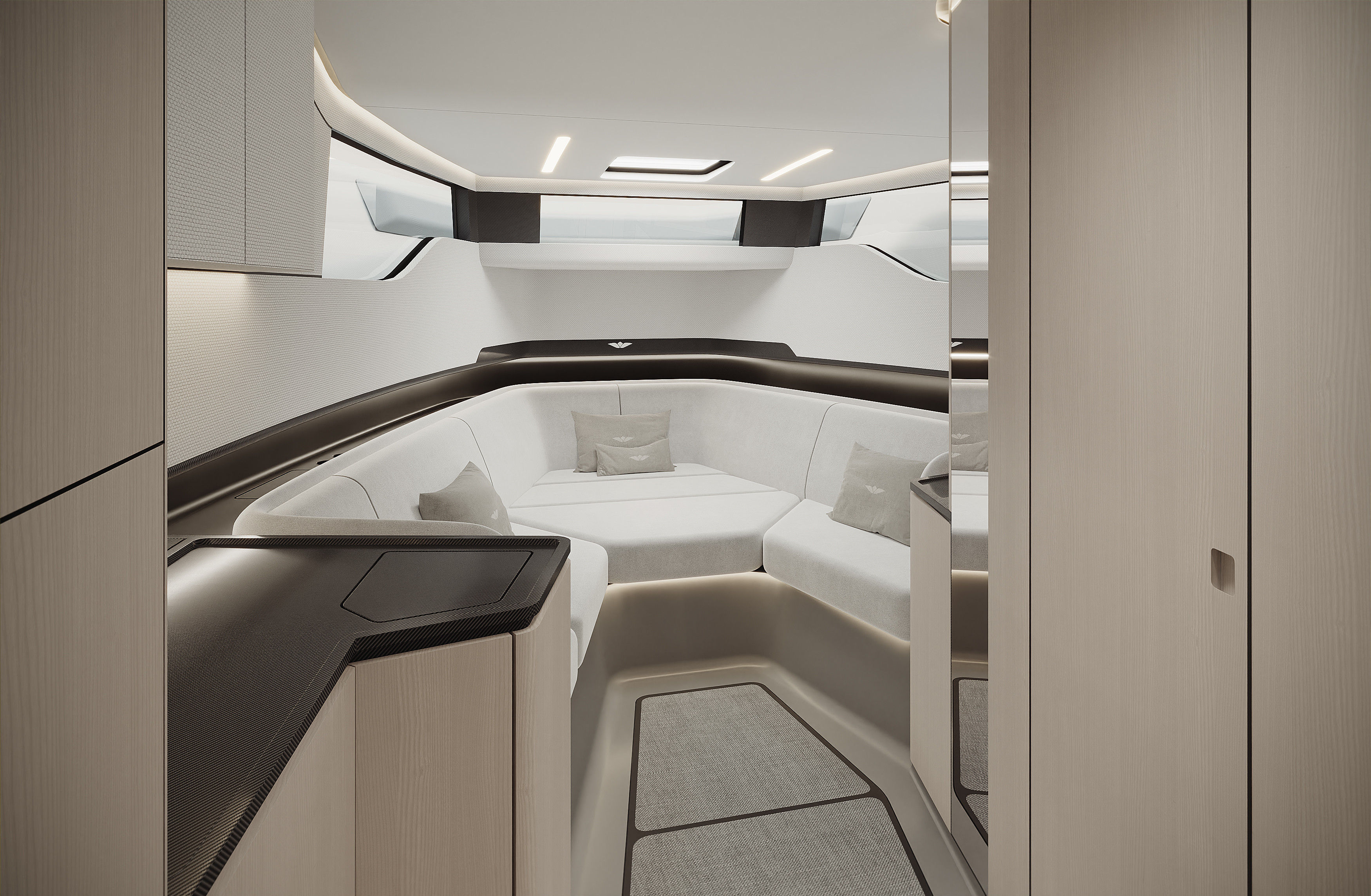
The saloon on the Sialia 45 electric cruiser
Electric yachting is not just about reducing airborne emissions but also about lowering noise and water pollution levels. Around Europe, many bodies of water are cutting back on traditional motor boating, especially in environmentally-minded countries like Switzerland which have the legislative backup to support the change.

The saloon on the Sialia 45 electric cruiser
Sialia point out that the 45 is much more than just a lake cruiser, fully capable of making the journey from Miami to Key Largo or Monaco to St Tropez with zero emissions. Below deck options include cabins, a saloon and a head (bathroom) with shower, rendered up here in an admirably minimal arrangement of angular, intersecting surfaces.
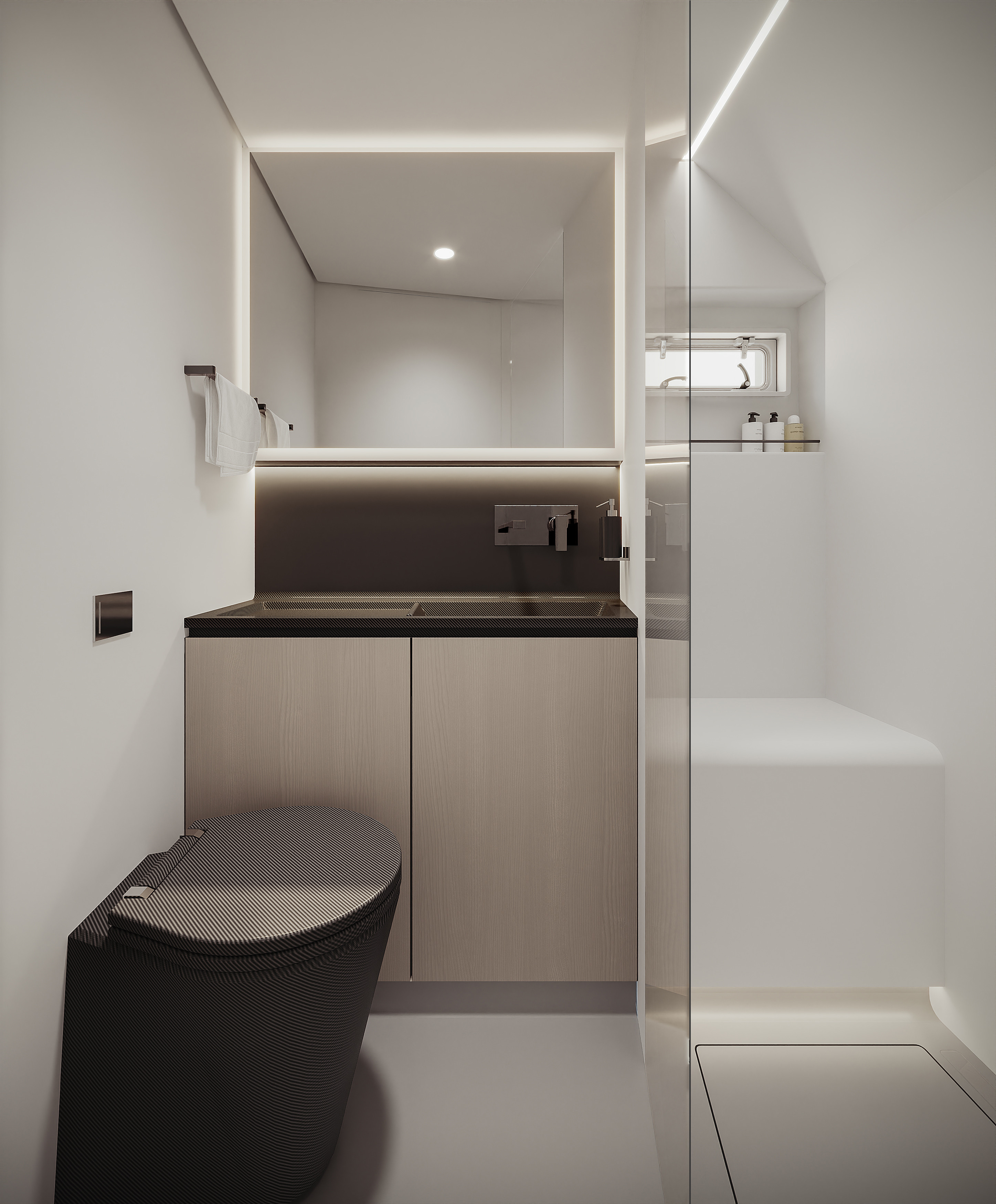
Below decks on the Sialia 45 electric cruiser
Sialia’s low emissions approach extends to the use of carbon fibre in the hull – not an easy material to recycle, but one that lasts a lot longer than the traditional GRP, as well as being substantially lighter. Other non-standard surfaces include recycled cork flooring throughout with the option of other recycled materials depending on the specification and layout.
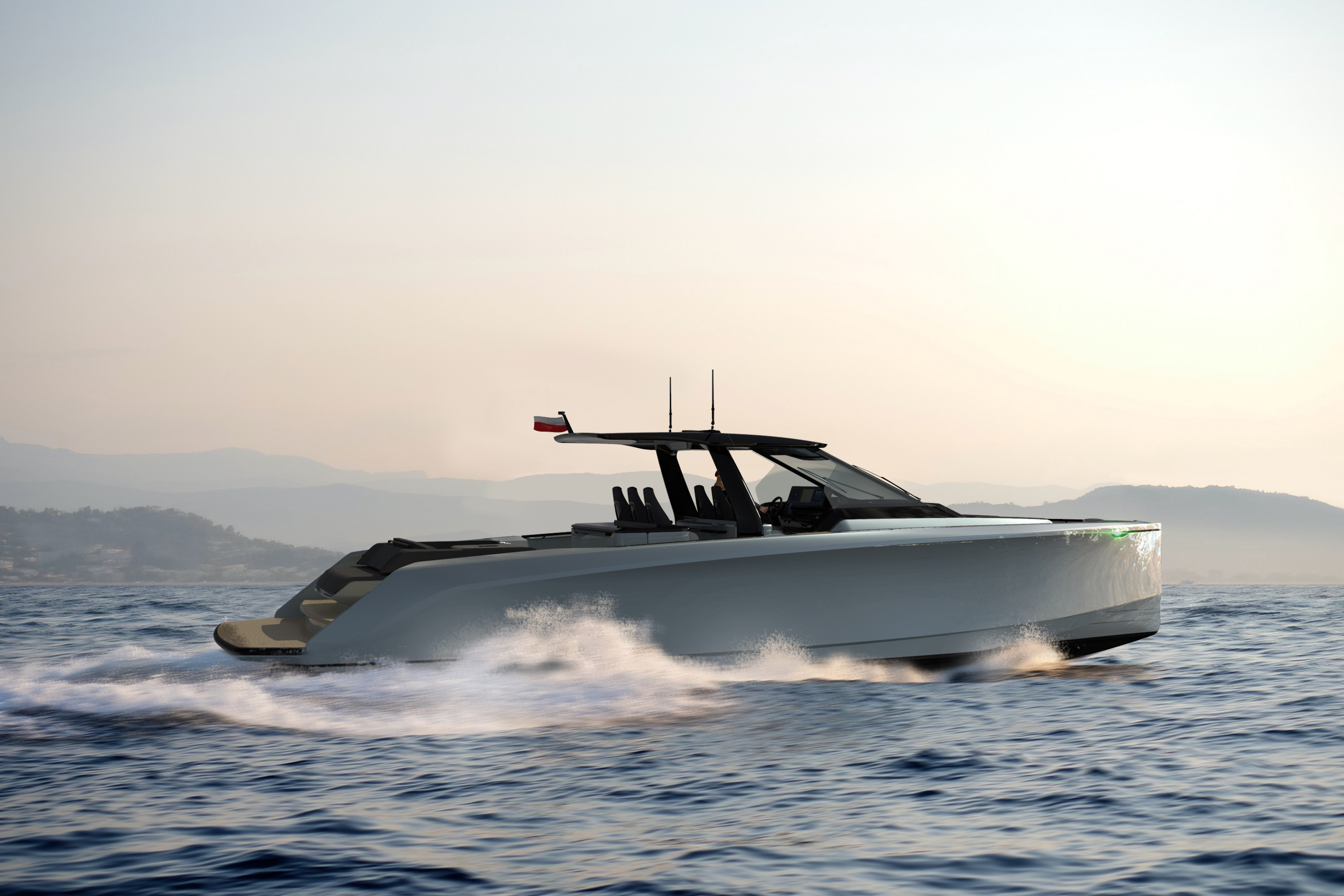
Sialia 45 electric cruiser
Finally, there’s a degree of freedom from one of the great bugbears of life on the water – maintenance. ‘Our yachts may come at a slight premium – perhaps 15% to 20% over a conventional diesel model – but you have very low maintenance, you have no pollution, and you have almost no cost in diesel for those who never need to turn on the range extender,’ says Milvio Ricci, the company’s Chief Commercial Officer.
Wallpaper* Newsletter
Receive our daily digest of inspiration, escapism and design stories from around the world direct to your inbox.
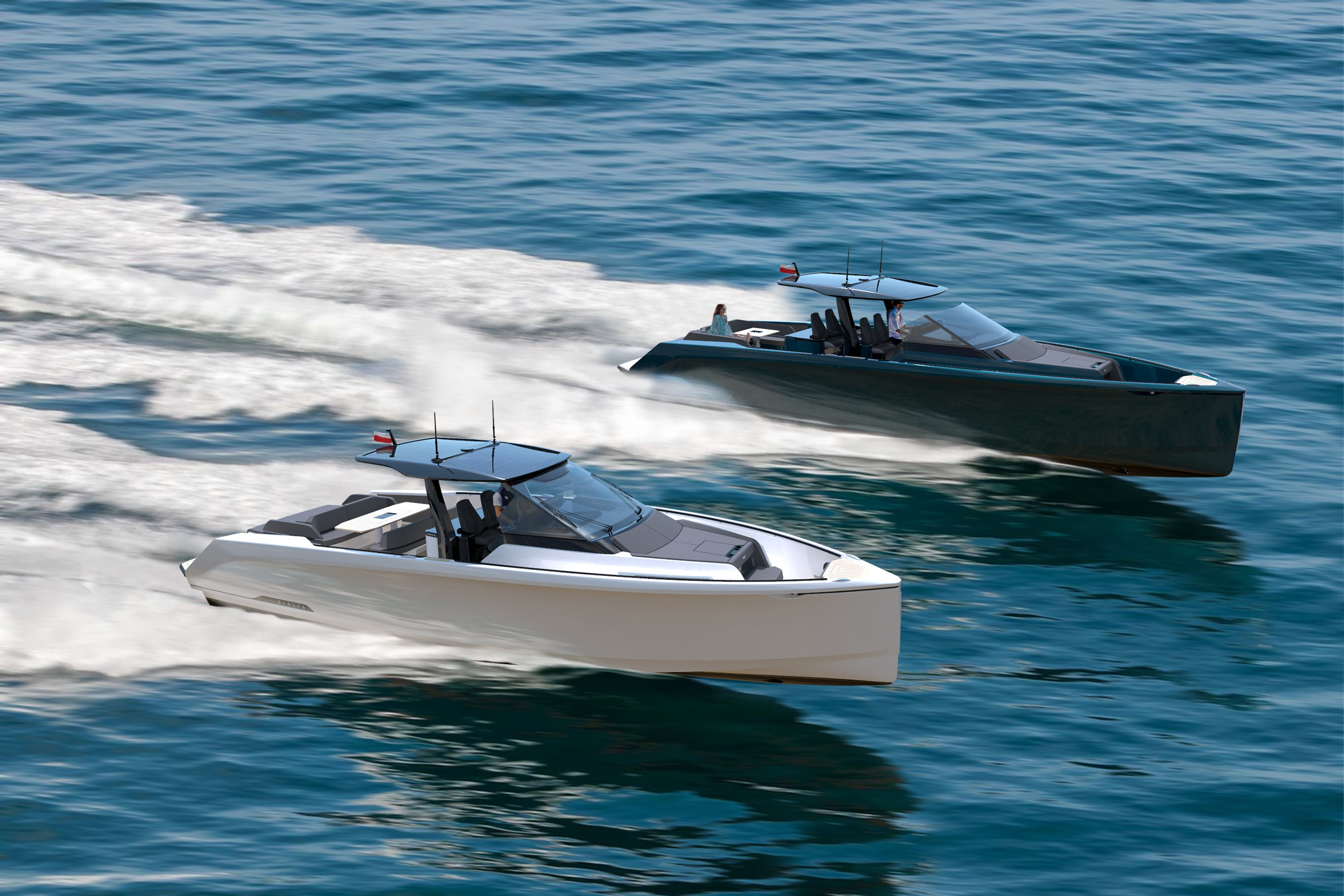
Sialia 45 electric cruiser
Founded by Stanislav Szadkowski in 2017, working alongside yacht designer Tomasz Gackoski, Sialia Yachts will be expanding its electric still further in the years to come.
Jonathan Bell has written for Wallpaper* magazine since 1999, covering everything from architecture and transport design to books, tech and graphic design. He is now the magazine’s Transport and Technology Editor. Jonathan has written and edited 15 books, including Concept Car Design, 21st Century House, and The New Modern House. He is also the host of Wallpaper’s first podcast.
-
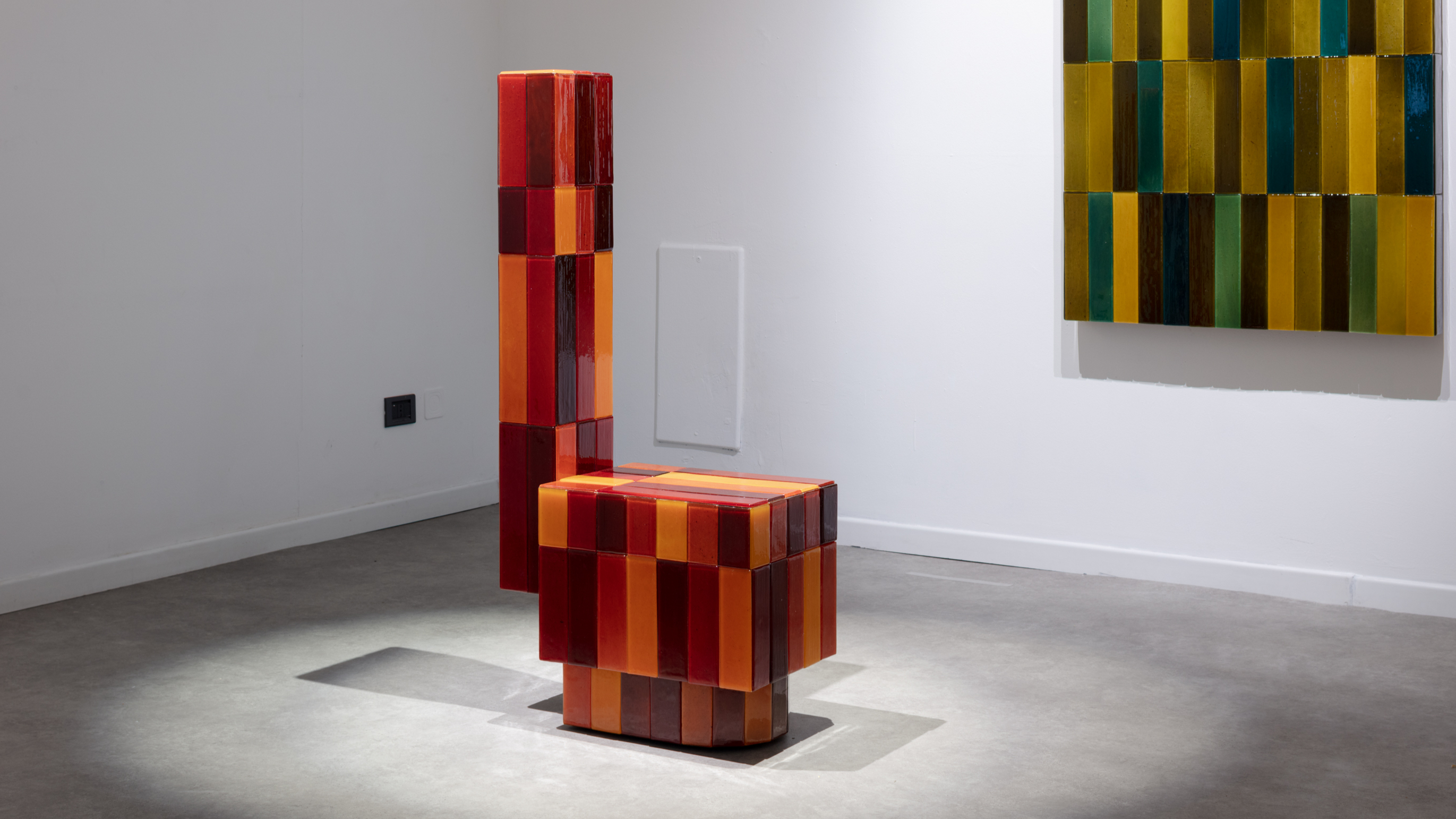 Tokyo design studio We+ transforms microalgae into colours
Tokyo design studio We+ transforms microalgae into coloursCould microalgae be the sustainable pigment of the future? A Japanese research project investigates
By Danielle Demetriou
-
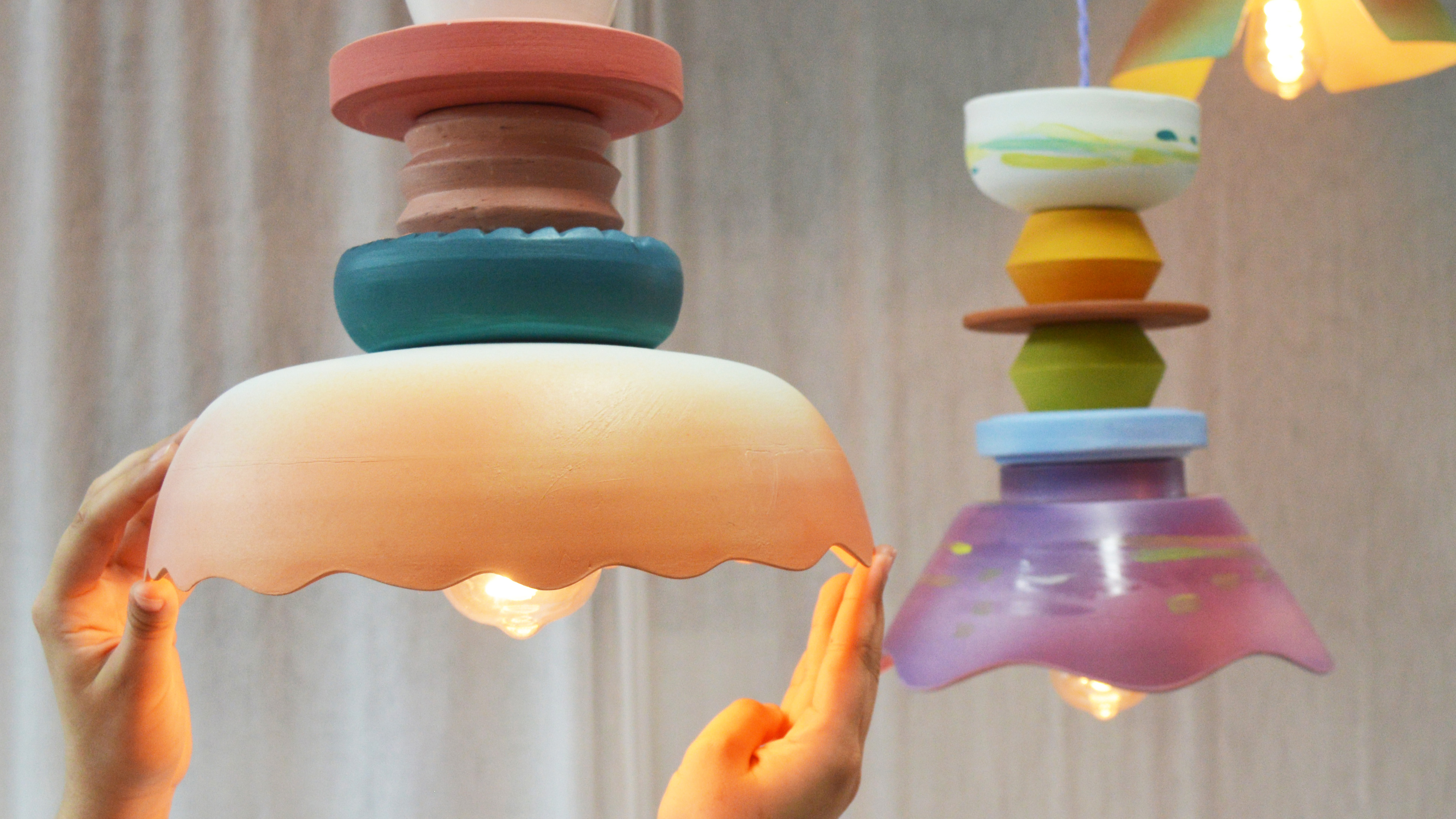 What to see at London Craft Week 2025
What to see at London Craft Week 2025With London Craft Week just around the corner, Wallpaper* rounds up the must-see moments from this year’s programme
By Francesca Perry
-
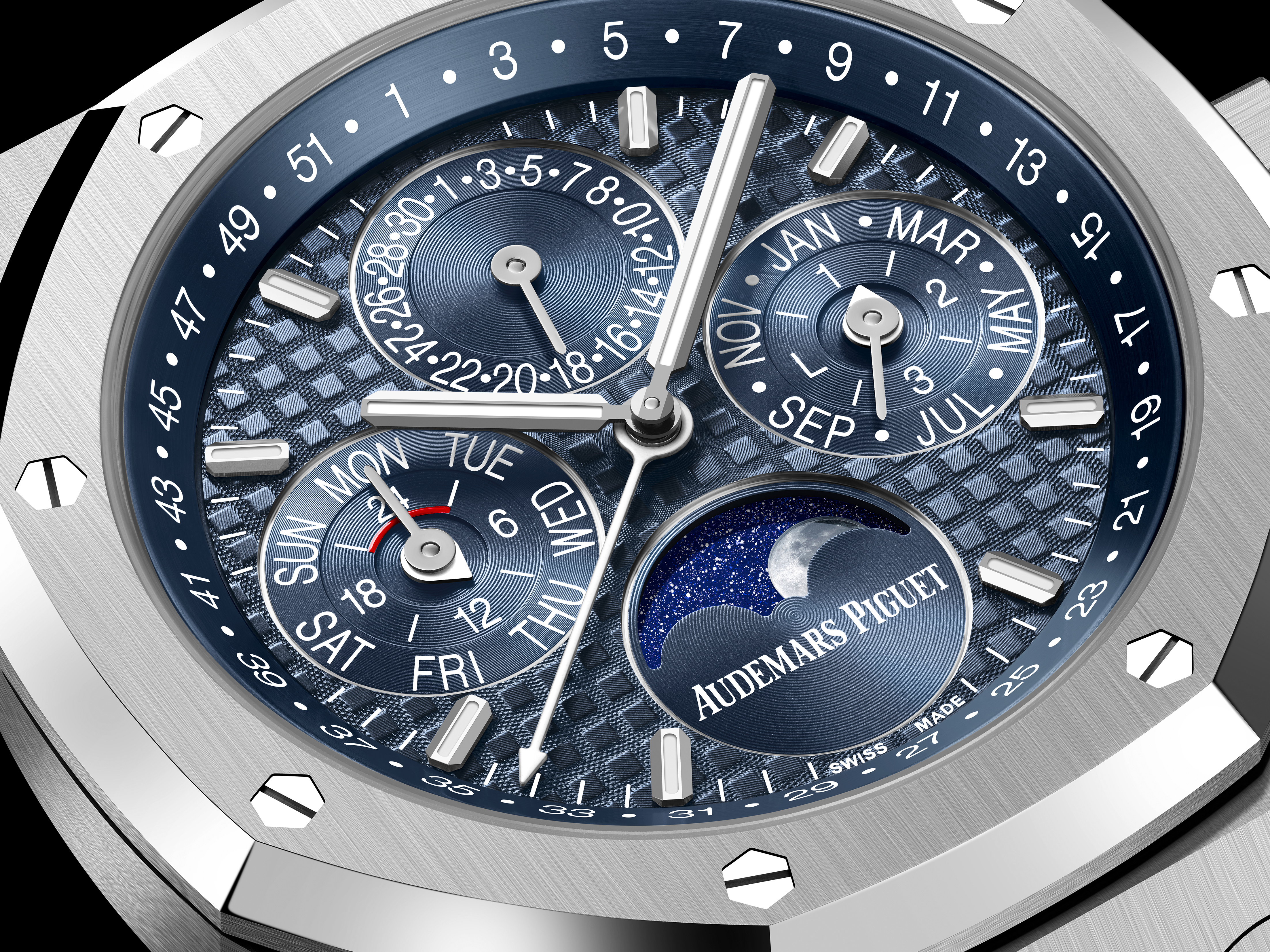 The Audemars Piguet Royal Oak Perpetual Calendar watch solves an age-old watchmaking problem
The Audemars Piguet Royal Oak Perpetual Calendar watch solves an age-old watchmaking problemThis new watch may be highly technical, but it is refreshingly usable
By James Gurney